Meteor spectroscopy
Spectroscopy is a method in which radiation is split into individual wavelengths. This can be achieved using a prism or a diffraction grating. In meteor spectroscopy, the prism or grating is placed in front of the camera lens. Nowadays, only gratings are used because they provide spectra with uniform resolution.
A spectrum is the dependence of radiation intensity on wavelength. Meteors emit most of their light in narrow spectral lines. The radiation is produced in a cloud of hot gas surrounding the vaporizing meteoroid. Spectral lines arise from electrons transitioning to lower energy levels in atoms of evaporated material and the heated atmosphere. By analyzing the brightness of lines of various elements, the gas temperature and the meteoroid’s chemical composition can be determined.
Fireball spectra have been photographed in Ondřejov since the 1950s. A systematic photographic program began in 1960 using six long-focus cameras with 18 x 24 cm glass photographic plates. Four cameras were equipped with prisms, and two with gratings. Later, gratings became available for all cameras. In the 1990s, glass plates were replaced with flat films. The program ran until 2018. Over the years, many unique spectra were obtained, the most significant being the spectrum of the superbolide Benešov in 1991, associated with meteorite falls. However, the overall observation efficiency was low because only part of the sky was covered from a single station. The cameras required manual operation, and the films had to be developed in a darkroom. The spectra were measured using a microphotometer and later scanned with a precise photogrammetric scanner.
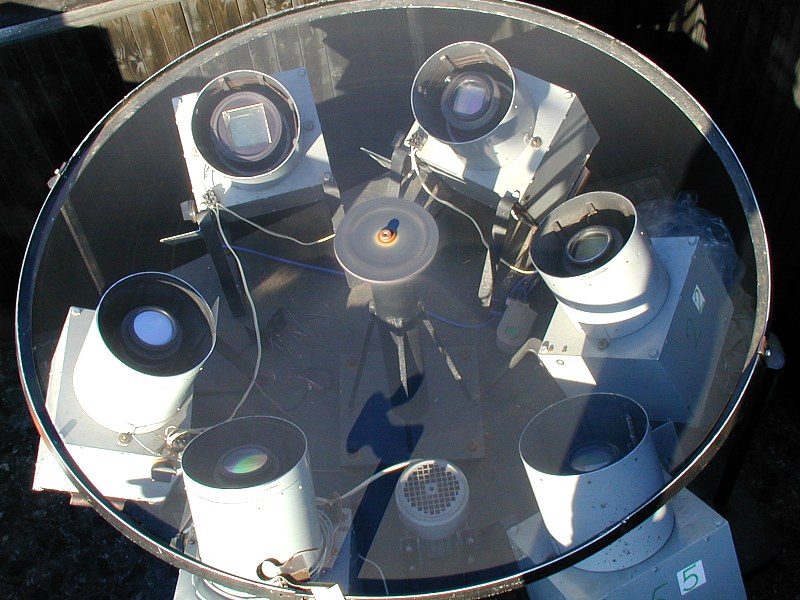
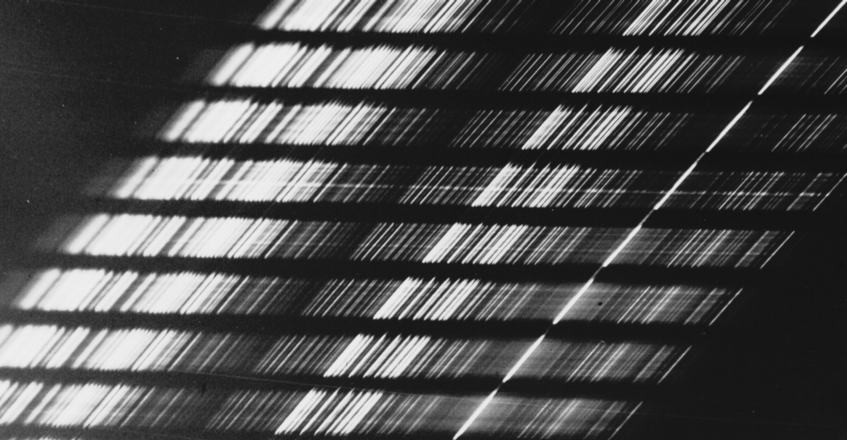
Modern digital fireball cameras with spectral capabilities were introduced in 2015. These nearly all-sky spectral cameras were gradually deployed at European Fireball Network stations. For three years, both systems operated simultaneously. Digital cameras are much more efficient at capturing fireball spectra. They are now installed at 11 stations, covering the entire network. However, the wide field of view comes at the cost of significantly lower spectral resolution compared to analog photographic cameras. Digital cameras have already captured spectra of several meteorite falls. For example, the unusual type (aubrite) of the Ribbeck meteorite was predicted from its spectrum even before the meteorite was found. Additional spectra of fireballs, with similar resolution, are obtained using video IP cameras in Ondřejov and Kunžak.
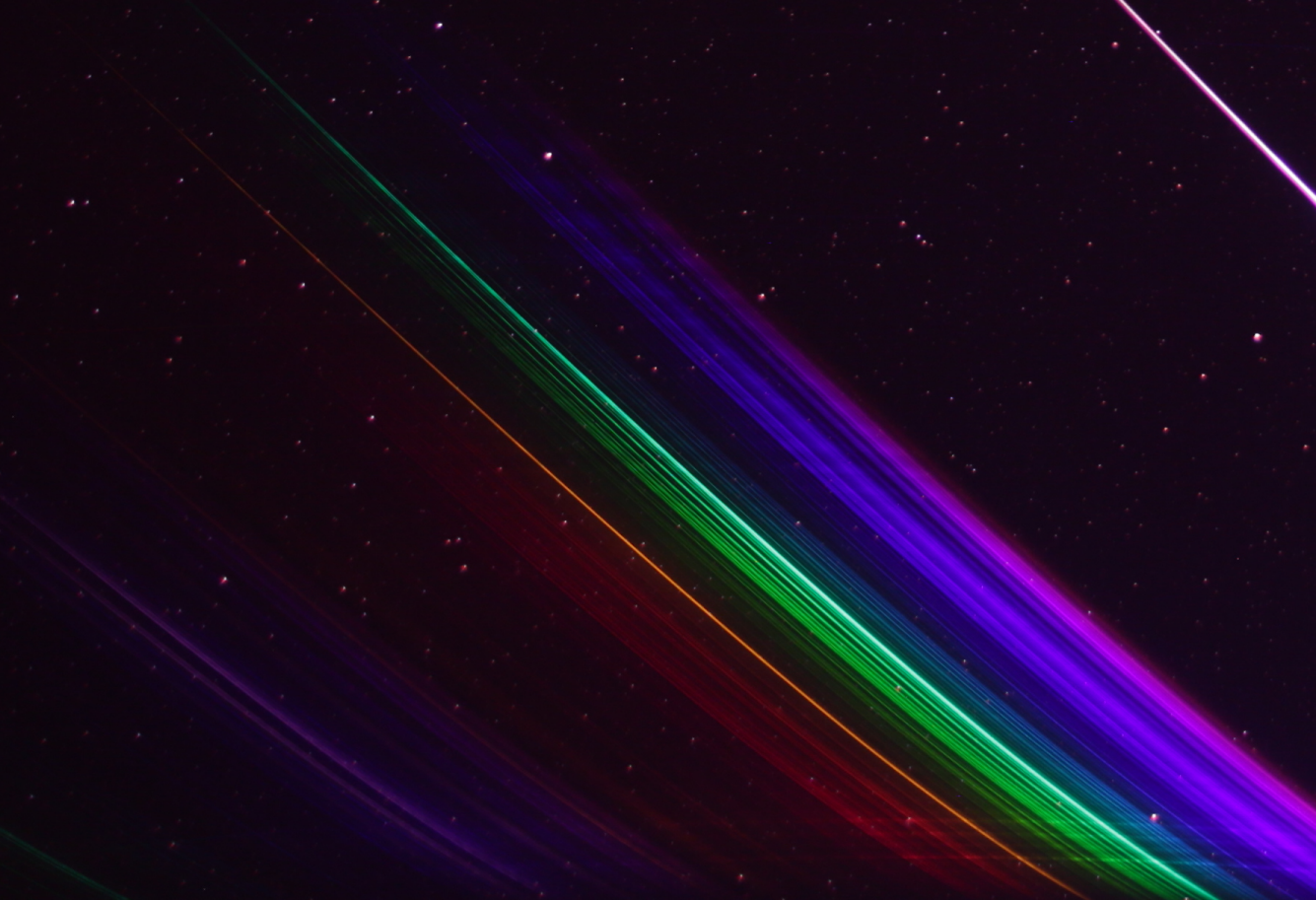
Since the 1990s, we have also captured spectra of ordinary bright meteors (not fireballs). These are observed with a video camera equipped with an image intensifier and a grating. The focus is mainly on meteor showers. Portable video cameras were used during several expeditions, such as for observing Leonid meteor storms at the turn of the millennium (including an airborne expedition) or Draconids in 2011.
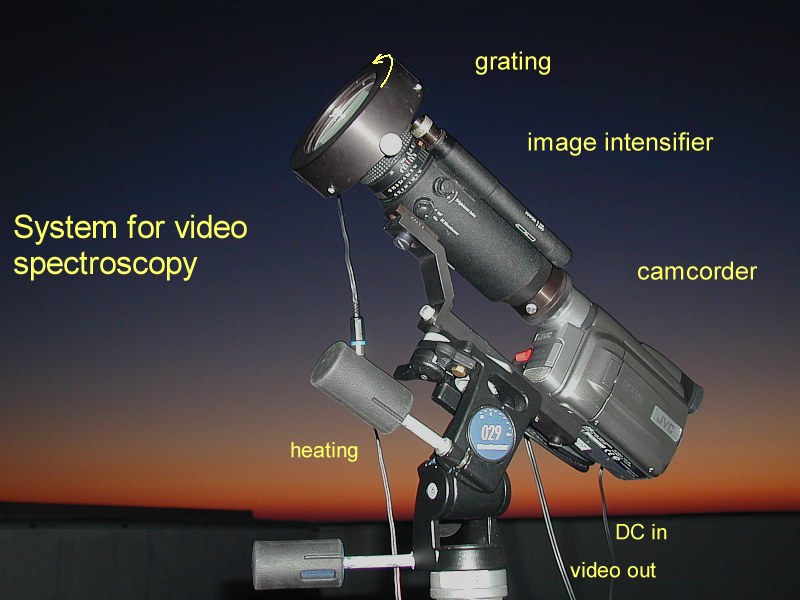
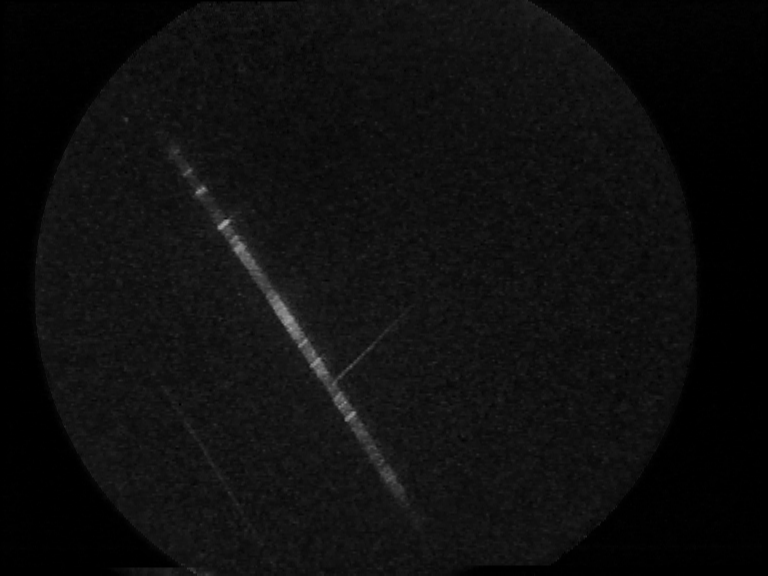
We have also developed methods for processing meteor spectra, including calculating the temperature and chemical composition of radiating gas in fireballs and classifying weaker meteors based on the brightness of sodium, magnesium, and iron lines. Differential sodium ablation and meteor train radiation have also been studied.